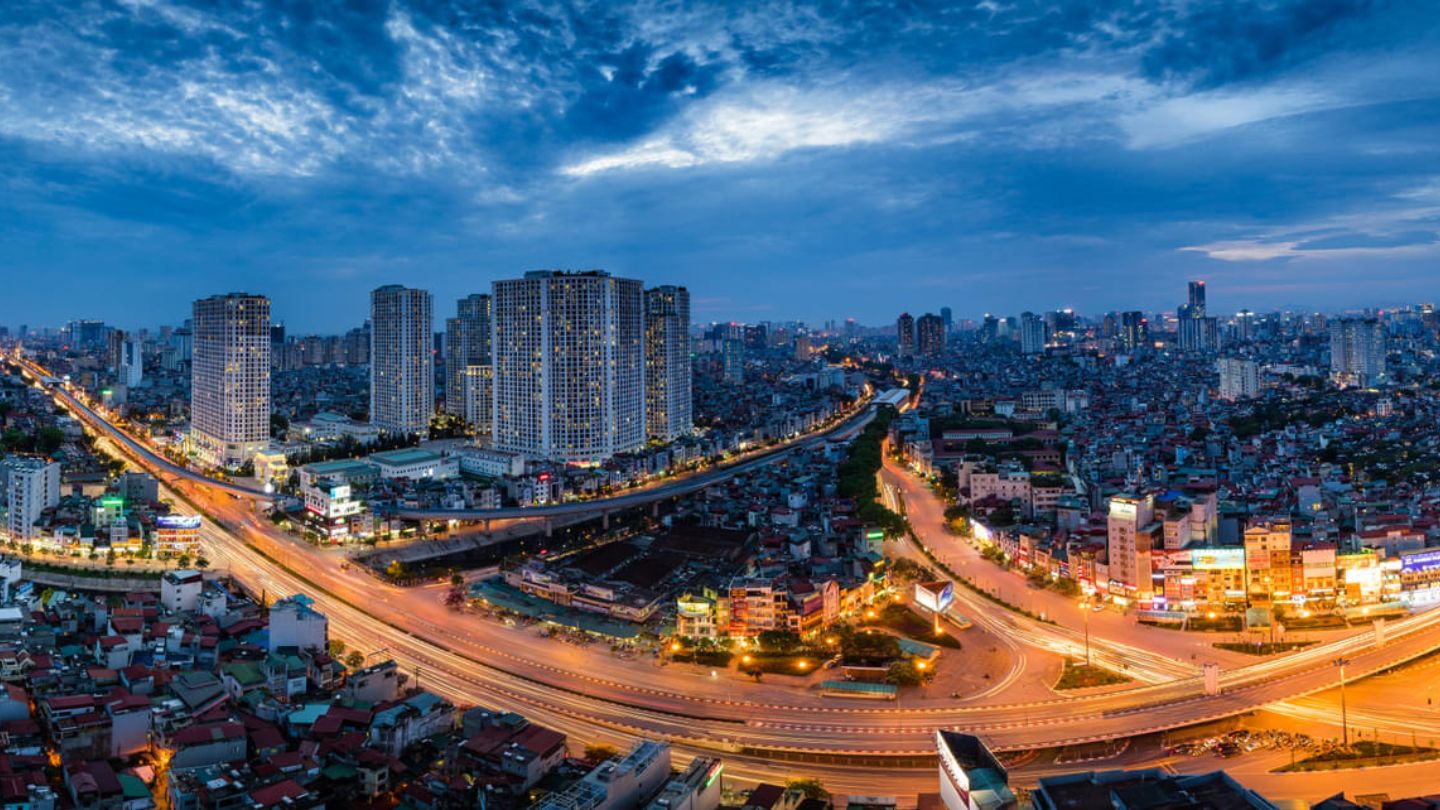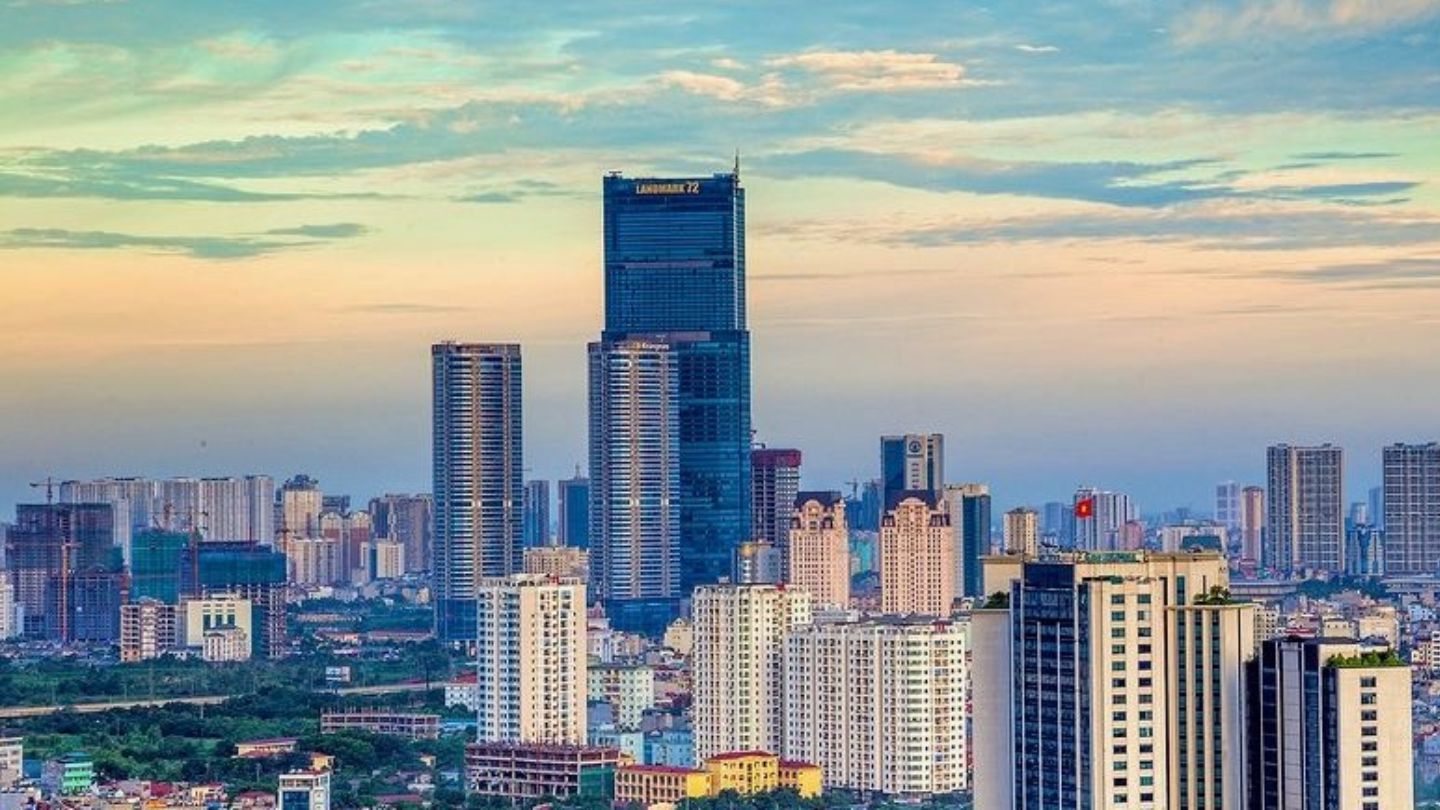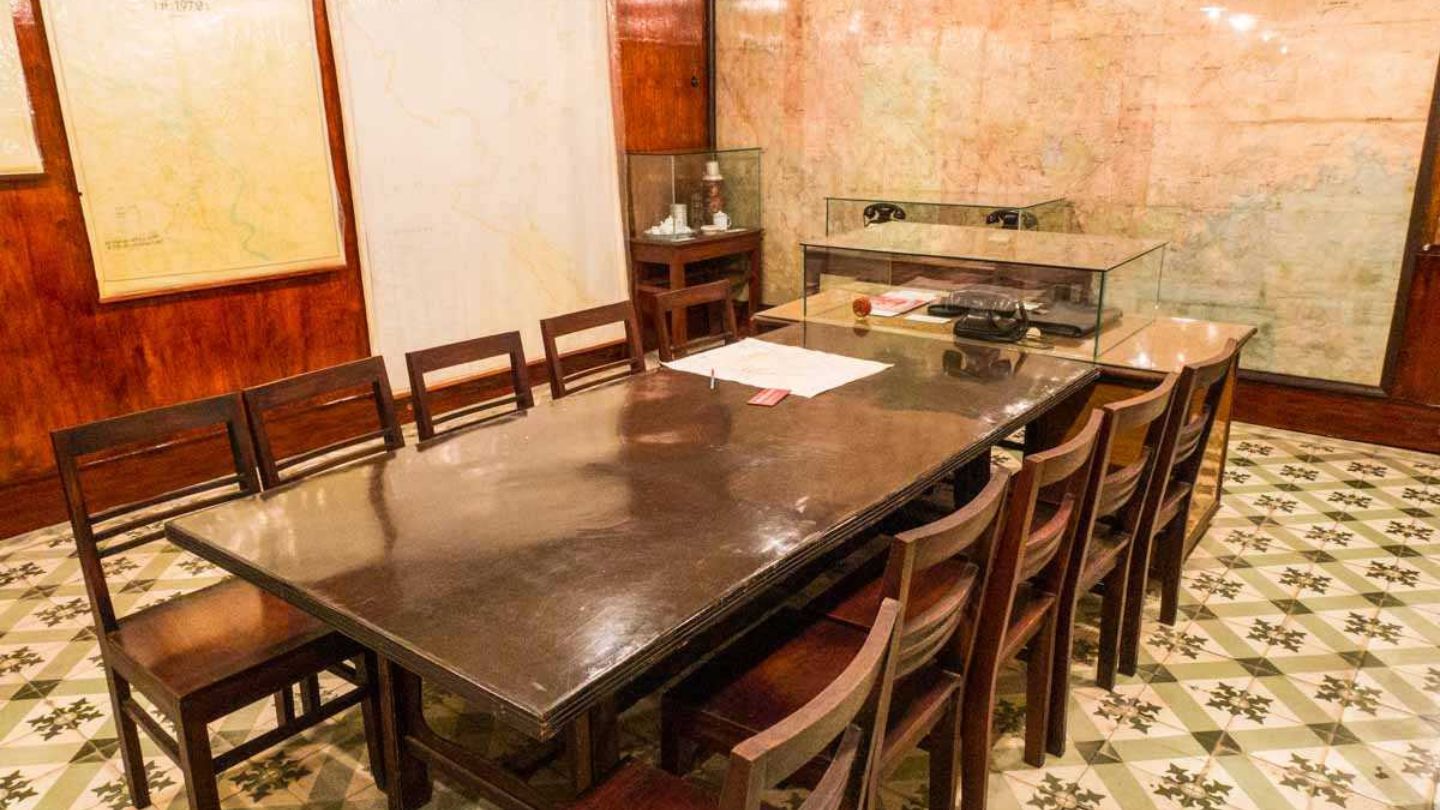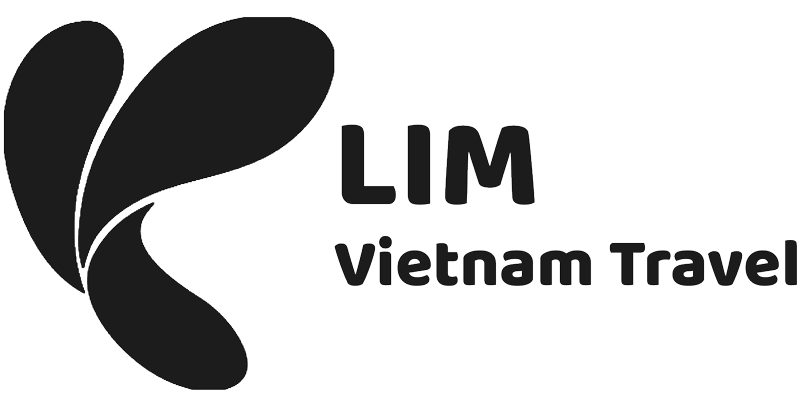Where is Hanoi Located in Vietnam? Explore its Vibrant Heart
Where is Hanoi located in Vietnam? Situated in the northern part of Vietnam, Hanoi rests beside the tranquil waters of the Red River Delta. It’s celebrated for its blend of ancient traditions and modern developments, offering visitors a unique cultural experience. Join us as we explore Hanoi’s iconic landmarks, vibrant markets, and the rich tapestry of its history and heritage.
Where is Hanoi located in Vietnam?

Where is Hanoi located in Vietnam? Hanoi is located in the northern part of Vietnam, situated near the Red River Delta. It serves as the capital city and is positioned approximately 1,100 kilometers (about 680 miles) north of Ho Chi Minh City, the largest city in Vietnam. Hanoi’s geographic coordinates are approximately 21.0285° N latitude and 105.8542° E longitude. This strategic location not only places Hanoi at the center of Vietnam’s political and cultural life but also makes it a hub for commerce, education, and tourism in the region.
Geography

Hanoi is a city in the middle of Northern Vietnam, sitting in the Red River Delta, about 56 miles from the northern coast. The capital of Vietnam covers an area of 3,324.92 square kilometers and is spread out on both sides of the Red River. Hanoi’s landscape slopes down from north to south and from west to east, with an average height of 16 to 66 feet above sea level. Because of sediment deposits, ¾ of the city’s natural area is a delta. Hanoi also has hills and mountains, mostly found in the western and northern parts of the city.
Transportation

Transportation to Hanoi offers several ways to reach Vietnam’s vibrant capital city. Let’s explore different methods, including by road, air, and train, each providing unique experiences and conveniences for travelers:
By motorbike
Traveling to Hanoi offers several convenient transportation options. By road, the city is easily accessible from various nearby locations: it’s 93km from Ninh Binh, 102km from Haiphong, 153km from Thanh Hoa, 151km from Halong, 474km from Dien Bien Phu, 658km from Hue, 763km from Da Nang, and 1,710km from Ho Chi Minh City, making it well-connected by highways that showcase Vietnam’s diverse landscapes.
By airplane
Noi Bai International Airport, located just over 35km from the city center, serves as a major gateway with numerous domestic and international flights. It connects Hanoi to key cities within Vietnam like Da Nang, Dien Bien, Ho Chi Minh City, Hue, and Nha Trang, while also offering international routes to destinations worldwide. The airport’s modern facilities ensure a comfortable travel experience for both domestic commuters and international visitors arriving in Vietnam’s capital.
By train
For those preferring a classic travel experience, Hanoi Railway Station stands as Vietnam’s central hub, initiating five main railway lines that extend across the country. This historic station not only symbolizes the nation’s extensive rail network but also provides a scenic and leisurely way to explore Vietnam’s diverse regions from the north to the south.
By Sleeper Bus
Traveling to Hanoi by sleeper bus offers a comfortable and cost-effective option for travelers, allowing them to relax and rest while enjoying the convenience of overnight travel directly to Vietnam’s bustling capital city.
Overall Hanoi’s Climate

Hanoi experiences distinct seasons throughout the year.
- Spring, from February to April, brings mild temperatures ranging from 15°C to 20°C (59°F – 68°F) along with frequent drizzles and wet conditions. It’s a festive time with celebrations like the Lunar New Year and various folk festivals.
- Summer spans from May to August, characterized by hot weather with temperatures ranging from 30°C to 36°C (86°F – 97°F), plenty of sunshine, and frequent rain showers.
- Autumn, from September to November, offers pleasant weather with temperatures between 25°C to 36°C (75°F – 97°F), known for its clear skies and dry conditions, though this ideal weather lasts only about 50-60 days.
- Winter, from December to January, sees the coolest temperatures of 10°C to 15°C (48°F – 59°F) with cloudy and damp weather. Hanoi receives an average annual rainfall of 1800 mm due to monsoons.
Some Attractive Landmarks of Vietnam’s Capital
Hanoi, Vietnam’s capital, boasts a rich tapestry of historical landmarks that weave together the city’s vibrant past and present. So, how many days in Hanoi? The ideal time is 1-3 days, let’s explore together what’s great to explore in Hanoi!
Hanoi Flag Tower

The Hanoi Flag Tower stands tall as a symbol of Vietnam’s sovereignty and independence, offering panoramic views of the city’s bustling streets and ancient architecture.
18 Hoang Dieu Archaeological Site
The 18 Hoang Dieu Archaeological Site is a historic area in Hanoi, Vietnam. It holds remnants of an ancient citadel that dates back to the 11th century. This site provides valuable insights into the city’s rich cultural heritage and its historical significance. Visitors can explore the excavated artifacts and structures, gaining a deeper understanding of Hanoi’s past.
House D67

House D67, located within the Imperial Citadel, once served as the Ministry of Defense headquarters during Vietnam’s war with American forces. Named after its construction year, D67 provided a secure workplace for Vietnamese military leaders, playing a crucial role in wartime operations.
Hoan Kiem Lake (Sword Lake)
Hoan Kiem Lake, also known as Sword Lake, lies at the heart of the city, surrounded by legend and serene landscapes. It’s a tranquil oasis where locals gather for morning exercises and visitors admire the iconic Turtle Tower standing in the middle of the lake.
West Lake
West Lake, the largest in Hanoi, offers a serene escape with scenic views and historic pagodas lining its shores. Known for its lush greenery and peaceful atmosphere, it’s a favorite spot for leisurely boat rides and lakeside dining.
St. Joseph’s Cathedral

Joseph’s Cathedral, situated in the heart of the city, stands as a magnificent example of French colonial architecture. Its twin spires soar above the bustling streets, drawing both worshippers and admirers of its neo-Gothic beauty. Inside, the cathedral’s interior is adorned with stained glass windows and intricate details, offering a peaceful retreat amidst the city’s vibrant energy.
Conclusion
In conclusion, where is Hanoi located in Vietnam? Hanoi is situated in the northern region of Vietnam. It is the capital city and serves as an important cultural, historical, and political hub. Located on the banks of the Red River, Hanoi boasts a rich heritage that blends traditional Vietnamese charm with modern influences. With its bustling streets, vibrant markets, and iconic landmarks like Hoan Kiem Lake and the Old Quarter, Hanoi offers visitors a unique glimpse into Vietnamese culture.




